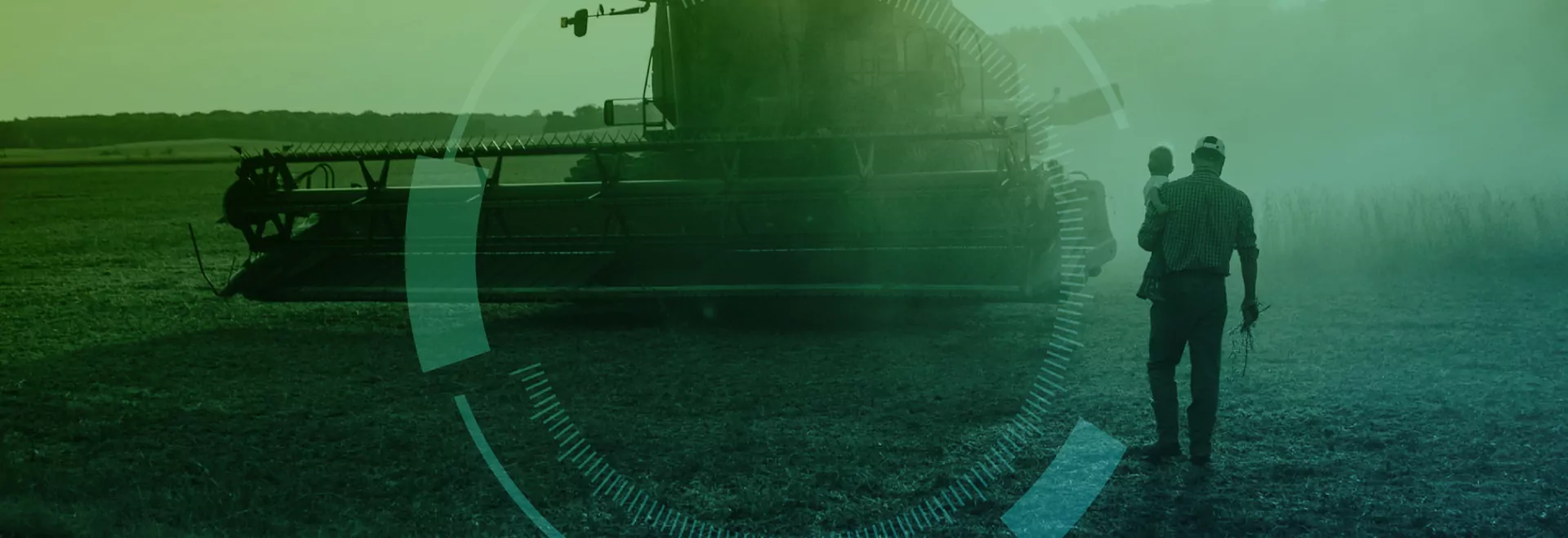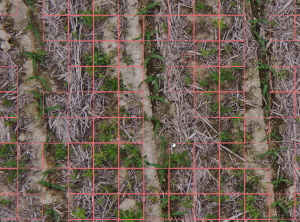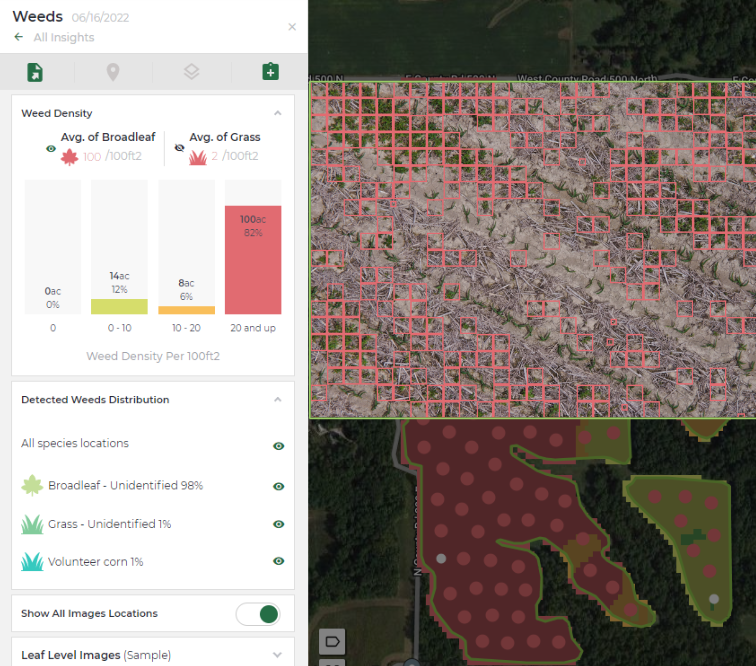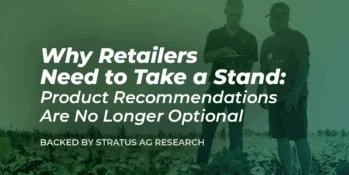

“Know before you go”—it’s a phrase that is as valuable as it is concise in its offering of insights that tell a field’s story all season long. It’s the Taranis spoiler-alert for yield monitor numbers and the peace-of-mind farmers can rely on to make information-based management decisions.
This is one farmer’s early-season recognition of the value Taranis insights deliver to both him and his trusted retail partner to make timely management decisions.
There are approximately 250,000 species of plants worldwide; of those, about 3% or 8,000 species behave as weeds…if weeds were left untreated, it is estimated that soybean production would fall by more than half, and our U.S. corn yield would dwindle by two-thirds. Weeds, more importantly, the control of weeds, is an important consideration in any farm management plan, and a line-item all their own in a budget.

A weed is defined as a “plant out of place” or a “plant growing where it is not wanted.” One of the yield thieves of the growing season, these out of place plants grow right along with a cash crop, competing for light, water, and nutrients. The longer they are allowed to compete, the harder to kill they become. Mature weeds are also adept competitors and cause the greatest yield losses.
Farmers and retailers take into consideration weed species composition, weed density, and the time of weed emergence in relation to the crop plant germination and growth stage. These factors are used to establish a critical period of weed control (CPWC) and are paramount in making the “what-when-where” application decision.
This particular grower had expressed interest in skipping or delaying herbicide application, as our Customer Success Manager, Katie Staton, shares.

Taranis web app showing a high density of broadleaf weeds
“The early Taranis flight, at the beginning of the growing season, showed this grower that a very large portion of his field was covered with a density of weeds that would cause competition. The grower typically only does one pass to cut costs, but we were able to show him how bad the situation was and exactly where it was,” Staton said, noting that both the retailer and the grower were able to see benefit from the insights.

Grower loyalty depends on strong recommendations. Learn how Taranis helps retailers drive better decisions with AI and leaf-level insights.